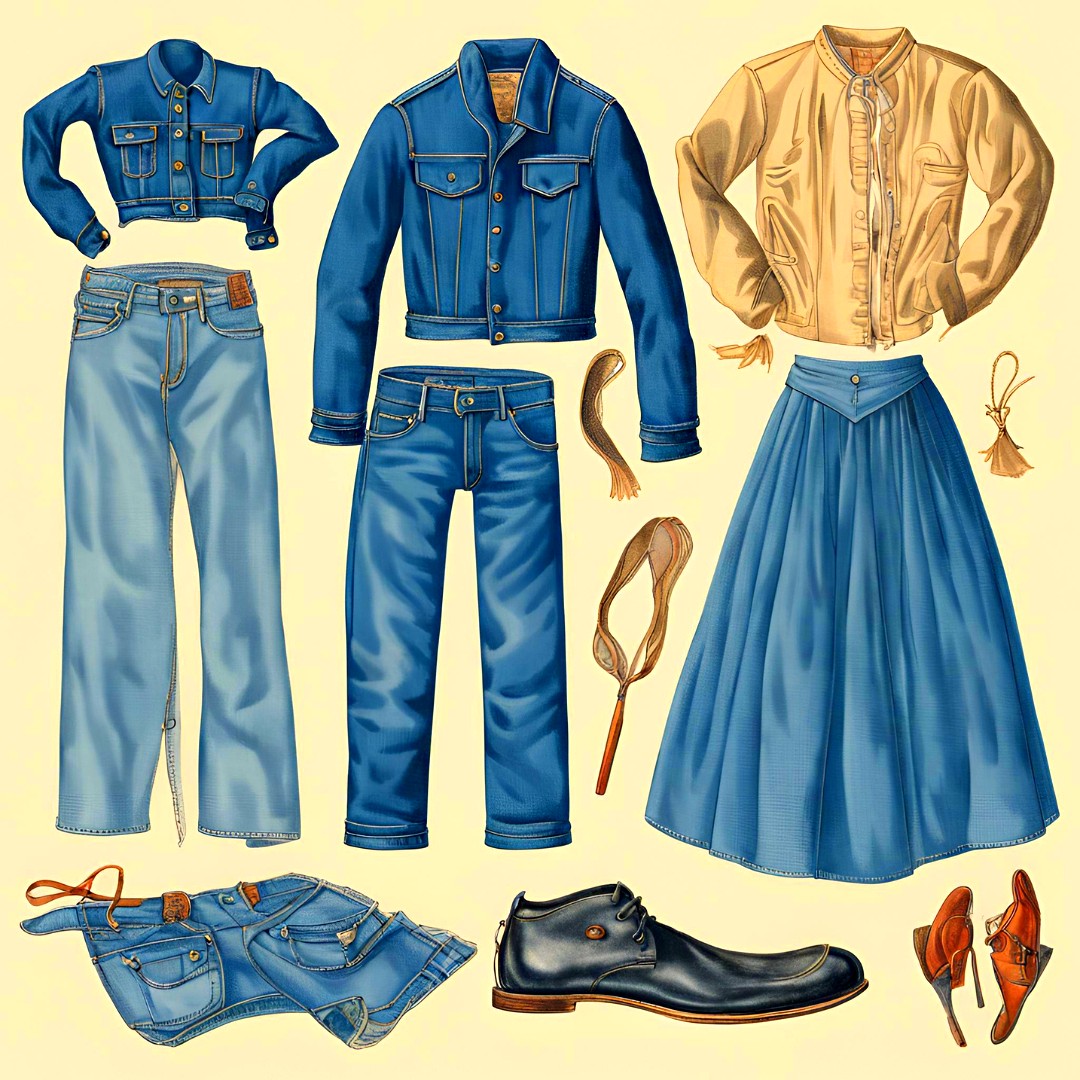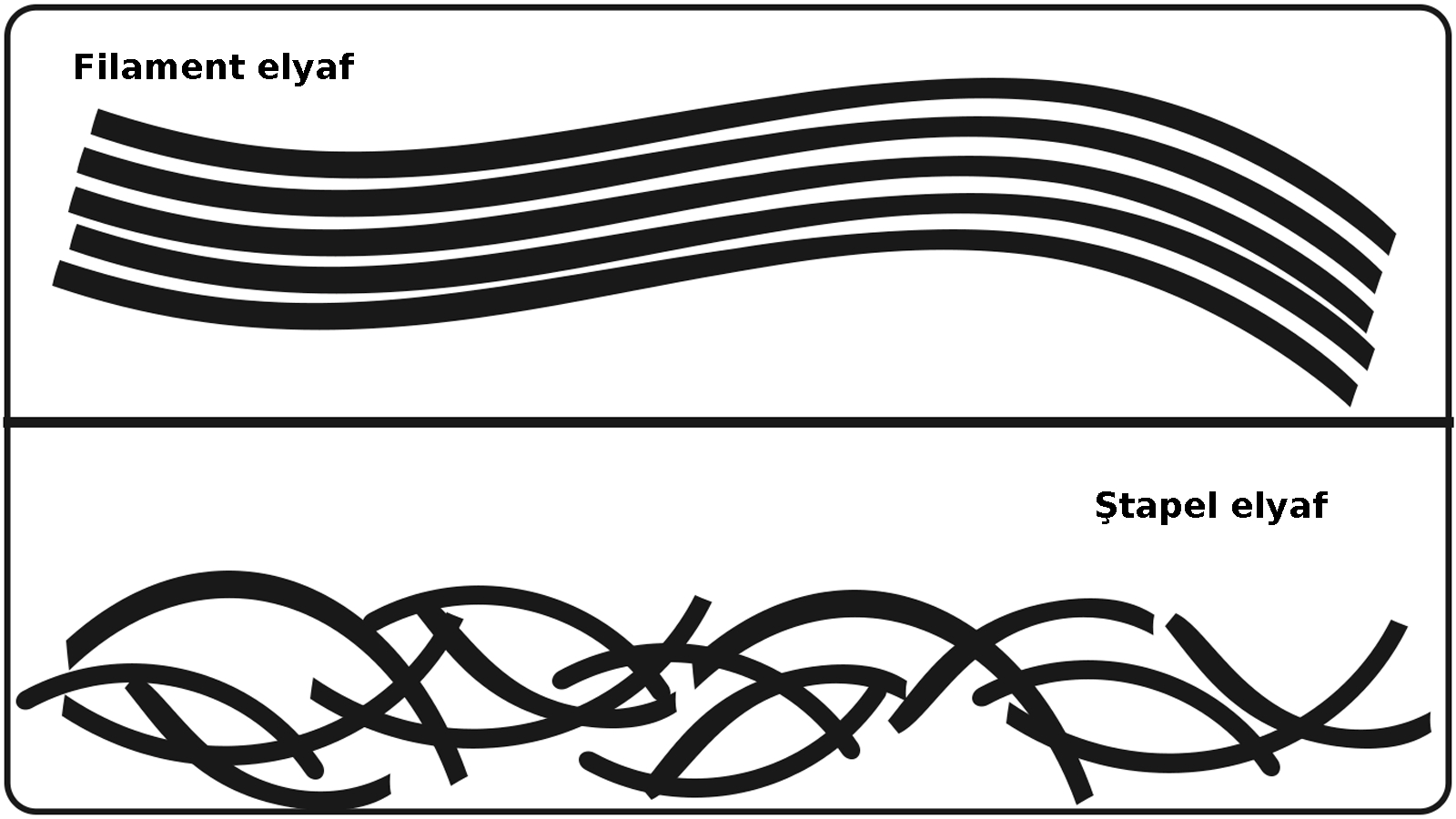Application Systems - Chemical Fabric Finishing Methods In Textile
18:21
0 comments
There are different ways to apply chemistry to fabric. Regardless of the mechanical means used, it’s important that the chemistry be applied in a uniform manner. The chemistry which is used with water or with a solvent is either solubilized, dispersed, or emulsified. In the most conventional method, the chemical is diluted in water which is padded onto the fabric. Next, the fabric must dry allowing the water to evaporate. Depending on which finishing chemicals are used, it may be necessary to apply a higher temperature for cross-linking or curing.
Vertical padders are the most common. As the fabric moves through a series of rollers located in a trough, it is immersed in a bath containing the chemistry. By the time it comes out of the trough, the fabric has been thoroughly wet out. Then it is guided up through two round squeeze rolls. Called a mangle, these squeeze together precisely with consistent pressure so that chemistry is uniformly applied to the fabric at the lowest practical wet pickup. A variation on this is the use of horizontal padders to apply chemistry. When the fabric leaves the trough, it moves vertically up between horizontally positioned rolls. As in vertical padding the chemistry, the construction of the fabric, and the hardness and pressure of the roll determine how much water and chemistry is picked up by the fabric. An alternative to padding chemicals onto fabric is to spray. With this method, a liquid bath is pumped through spray nozzles onto both surfaces of fabric as it moves along. You can choose to apply chemistry to only one side or both sides of the fabric. The object of the spray system is to achieve less wet pickup than what is achievable with padding. With lower wet pick up, the same amount of chemistry can be present, but less water is used, less energy is used to evaporate water, and energy consumption is reduced.
Another system, called kiss roll also applies chemistry gently without pressure. With this method, the fabric rides just above a container where a roll turns in a bath, picks up the chemistry in the trough, and carries it to the top to kiss the surface of the fabric. This is normally a one-sided application but two units can be oriented so chemistry is applied to both sides of the fabric. In fact, each side can receive different chemistry.
The engraved roll system is like the kiss roll technique. In this case, an engraved roll with lines or cavities etched on its surface is placed partially in a chemical bath. As the engraved roll picks up the chemistry and turns out of the bath, a blade (called a doctor knife) works like a squeegee to wipe the excess off leaving chemistry only in the etchings. The fabric moves between the engraved roll and a squeeze roll, and some pressure is applied. The application of chemistry must be very precise because the fabric never goes into a bath. With this technique, you can get very low wet pickups of water and chemistry
Another system for applying low levels of chemistry or to only one side of fabric is called the knife over roll. This takes advantage of thickened chemistry or foam placed in a crevice under a doctor knife. As the fabric moves under it, chemistry is spread along the fabric which then moves through two final squeeze rolls. Coatings are often applied with this type of system. Why use foam? Foam is a collection of many small bubbles; the chemistry is around the outside while the inside is air. When foam is used instead of a bath, very little water is needed and there is less wet pick up. Another way to apply foam is on a horizontal roll padder. In this configuration, stable foam rests in the crotch of the rollers. As the fabric is pulled straight down through the foam and then the two squeeze rolls, the pressure collapses the foam. Stale foam needs this pressure to burst the bubbles that hold the chemistry Alternatively, unstable foam with bubbles that pop upon contact with fabric, can be used with systems designed without a mechanism for applying pressure. This illustration shows you how unstable foam is pumped into distribution chambers that release foam through slots both below and above fabric traveling horizontally. The surface contact with the foam is sufficient to collapse the bubbles that contain the chemistry.
Mechanical Finishing in Textile
-
Ayakkabılarda doğru numara seçimi sağlık ve kullanım ömrü açısından önem arz eder. Kesirli Ayakkabı Numaraları Ne Anlama Geliyor? 🤔 Bazı a...
-
İş sağlığı ve güvenliği için bazı işletmelerde pr ayakkabı kullanımı gereklidir. Ayakkabılarda rastladığımız "PR" terimi, İngiliz...
-
Rahat bir kullanım için ayağın genişliği ve uzunluğuna uygun ayakkabıyı seçmek son derece önemlidir. Ayakkabı Genişlik Terimleri: E, F, FX,...
-
Lif kısaltmaları tekstilde elbise üretiminin her aşamasında kullanılır. Tekstil, Kumaş, Lif ve Elyaf Kısaltmaları : Tekstil endüstrisi, lif...
-
Yeşil renk ve tonları, sarı ile mavi ışığın birleşmesi sonucu oluşur ve fotosentetik pigmentler nedeniyle bitki yapraklarında yaygın olarak ...
-
Kumaşın ön yüzünün ve arka yüzünün gösterimi. Kumaş yüzü (Alm. Stoffvorderseite, Fr. front de tissue, İng. fabric face; face of fab...
-
Türk tekstil ve hazır giyim sektörü: yerli markaların yükselişi. Türkiye'nin lokomotif sektörlerinden biri olan tekstil ve hazır giyim...
-
Mavi polycotton nevresim takımı. Polycotton , polyester ile pamuğu (cotton) karıştırarak elde edilen, her iki elyafın en iyi performans ...
-
Vorteks iplik üretim aşamaları gösterimi. Vorteks (vortex) eğirme sistemi temel olarak bir çekim sistemi ve bahsedilen çekim sisteminin de...
-
Türk ayakkabı markaları, yerli ham maddeyi mükemmel işçilik ve estetik tasarımlarla birleştiriyor. Türk malı ayakkabı ürünler, kalitesi ve e...
-
Türk tekstil ve hazır giyim sektörü: yerli markaların yükselişi. Türkiye'nin lokomotif sektörlerinden biri olan tekstil ve hazır giyim...
-
Akrilik elyaf, iyi yalıtım özelliğine sahip olmasıyla öne çıkan sentetik bir lif türüdür. Akrilik Elyaf: Tanım ve Özellikler Akrilik, ( Alm....
-
Kumaş numunesi. 1) Yapılarına göre (nasıl yapıldıysa o ismi alır) a) Dokunmamış kumaşlar - Nonwoven , keçeler, kağıt telalar, elyaf, vi...
-
Ünlü Türk modacı ve tasarımcılarının kreasyonları artık dünya moda başkentlerinde sergileniyor. Türkiye'de tekstil ve moda sektörünü...
-
Farklı renk ve türdeki kumaş çeşitleri. Kumaş, ipliklerin, çeşitli yöntemlerle bir araya getirilerek oluşturduğu kaplayıcı yüzeylerd...
-
Türk ayakkabı markaları, yerli ham maddeyi mükemmel işçilik ve estetik tasarımlarla birleştiriyor. Türk malı ayakkabı ürünler, kalitesi ve e...
-
Dünyanın en meşhur modacıları. Dünyaca ünlü modacılar Her sezon önce podyumları sonra da vitrinleri süsleyen özel koleksiyonların arkas...
-
Lif kısaltmaları tekstilde elbise üretiminin her aşamasında kullanılır. Tekstil, Kumaş, Lif ve Elyaf Kısaltmaları : Tekstil endüstrisi, lif...
-
Naylon olarak da bilinen polyamid kumaşlar sentetik kökenli bir kumaş türüdür. Polyamid ya da naylon (Alm. Polyamidfaser, Fr. fibre ...
-
Tekstil ürünlerinin etiketlerinde yıkama, kurutma ve ütüleme ile ilgili semboller bulunur. Tekstil Ürünleri için Tavsiye Edilen Yıkama Tali...


















































































































0 yorum:
Yorum Gönder
Merhaba, daha kaliteli bir site için yorumlarınızı bekliyoruz.